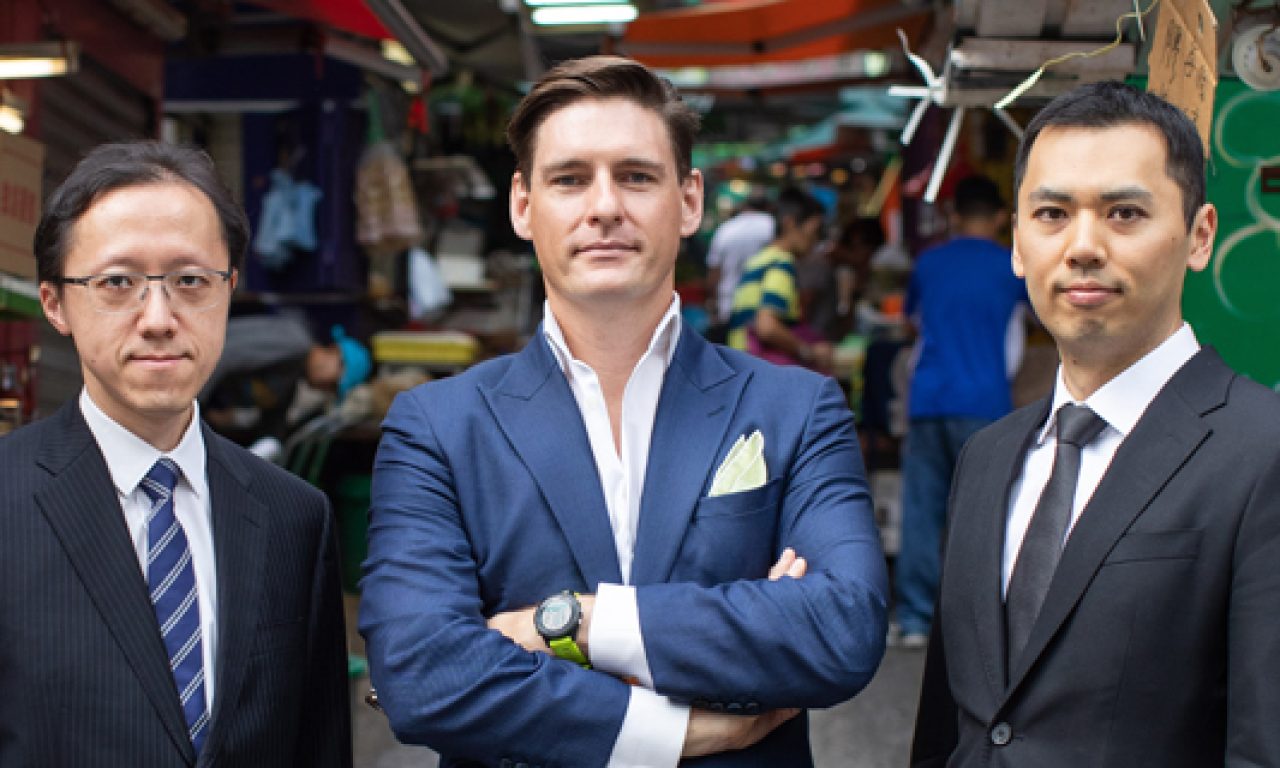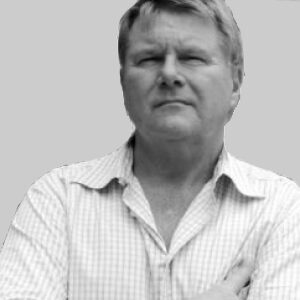Stonehorn Partners, a Hong Kong-based Asian equity specialist, is looking to expand its reach in Australia and New Zealand through the appointment of an Australian-based distribution manager after a successful first year of operation in which the firm raised about A$300 million and beat all its performance benchmarks by a wide margin.
Jonathan Goll, an experienced funds management business development executive, left BMO Global Asset Management in August to join Trawalla Capital this month, based in Sydney, as head of distribution. Trawalla Capital is the Schwartz family office which provided the seed funding for Stonehorn. Alan Schwartz, the Trawalla managing director, has become an active non-executive director of Stonehorn. In Australia and New Zealand, Goll will be concentrating on introducing the firm with a view to offering mandates to big investors.
Alan and Carol Schwartz set up Trawalla in 2007 after Alan sold his legal publishing and software business. He is a serial entrepreneur, and now philanthropist, who set up many businesses in his 30 years in the legal practice. Prior to BMO, Goll spent 11 years at GMO, primarily as a business development director and most recently senior client relationships manager, spending a lot of his time travelling through Asia, including Japan.
Since launching its first fund, a pan Asia long-only all-cap equities fund, in June last year, Stonehorn has provided a return of 18.6 per cent. This beat the Asian small-cap index by more than 14 per cent and the large-cap index by 5 per cent. In a recent note to clients, Sam Lecornu, co-founder and CIO, told clients not to expect that sort of outperformance every year, given that the firm prides itself on being a long-term investor with a low portfolio turnover. And it is also benchmark unaware, but, of course, investors want to compare absolute returns against something.
He describes himself as a “conservative and long-term person who would rather set expectations low and over-deliver”. In the three months to July, with heightened market volatility, the fund has returned 26.6 per cent. Since the COVID low in March, it has done more than 50 per cent. “But I’m not so impressed with those numbers. We aim to double people’s balance sheets, and ours, every six-eight years.”
Lecornu and his two partners, John Lam and Duke Lo, had worked together at Macquarie in Hong Kong for more than 10 years, where Lecornu set up that manager’s Asian equities capability. They turned their seed capital of $10 million into about $4.5 billion over those 10 years using a similar strategy, which is focused on defence against losses. “The key is not to lose money,” Lecornu says. “It only takes one stock to hurt your performance. We try to put ourselves in the minds of the clients. We have a downside capture ratio of 88 and an upside capture of 104.”
For much of the last year, the fund had been about 50:50 large and small caps but in the past few months has rotated to about two-thirds of large-cap holdings. It is a concentrated portfolio of about 30 stocks. “We really want to see the whites of their eyes,” Lecornu says of its investee companies. “It’s not just reading a balance sheet. We do customer comparisons and so on. You have to pound the pavement… And a dose of scepticism goes a long way in Asia. We invest alongside our clients, who we think of as our partners.”
The majority of the portfolio’s returns comes from the managers buying entrepreneurial businesses in Greater China, where about two-thirds of the stocks reside. It has only minimal exposure to India, where the firm sees a lot of risk. Stonehorn has a main prospectus and a supplementary – for their Asia equities fund. The main prospectus will allow a broad range of investments, signalling a long-term intention to introduce additional funds under that umbrella. With the Asia equities fund, which is a UCITS fund domiciled in Ireland – a popular fund structure in Hong Kong as well as Europe – the managers can invest in stocks domiciled outside Asia as long as they generate at least 50 per cent of their revenue or earnings in Asia. Nasdaq has become a popular dual listing exchange for several prominent and expansive Chines companies in recent years.
One very prominent proposed listing, Ant Group, may be the largest ever, rumoured to be valued at about US$250 billion. Ant Group is a spin-off from Jack Ma’s Alibaba of its financial services arm. “It’s as massive fintech which handles about RMB118 trillion (A$23.6 trillion) payments transactions a year,” Lecornu says. “I’ve read the prospectus four times and it’s over 600 pages. The key is to read every page and all the fine print. There are about 50-60 pages on the risks, which I appreciate.”
Given Stonehorn’s style and process the firm believes it has a universe of between 200-300 stocks in which to invest, out of a total investable universe of about 6,000 stocks across Asia. “We did between 2,500-3,000 meetings over a 10-year period,” he says. “I used to travel for 130 days a year. At the end of each meeting I always ask two questions: ‘What do you think about minority shareholders?’; and, ‘As a minority shareholder what is a question that I should have asked but didn’t’.”
Perhaps the origins of the name ‘Stonehorn’ give a good indication of Lecornu’s thoughtful character. He says: “Stone represents a foundation, a structure that creates a strong, reliable, lasting and level base. My ancestors are from Jursey Island (the largest of the Channel Islands, between England and France). A granite stone known as ‘The Centre Stone’ at Sion in St John is traditionally regarded as the centre of the island. For me having the word ‘stone’ in our name is that it’s nice to have a reminder to remember where you have come from and always remained centred and build a strong foundation. My surname, Le Cornu, in French means ‘the horn.’”
It doesn’t stop there. “Our logo is a ‘Sika Deer’,” he says. “The sika deer (Cervus Nippon) also known as the spotted deer, is species of deer native to much of East Asia. The sika deer is one of the few deer species that does not lose its spots (it doesn’t change it stripes). Sika deer are very active throughout the day (work hard) and their range encompasses some of the most densely populated areas in the world (travellers/explorers seeking new opportunities)… I modelled this analogy from Duke and John’s background, personality traits (reliable and hardworking) and the travelling we do over Asia looking for new ideas!”
– G.B.


